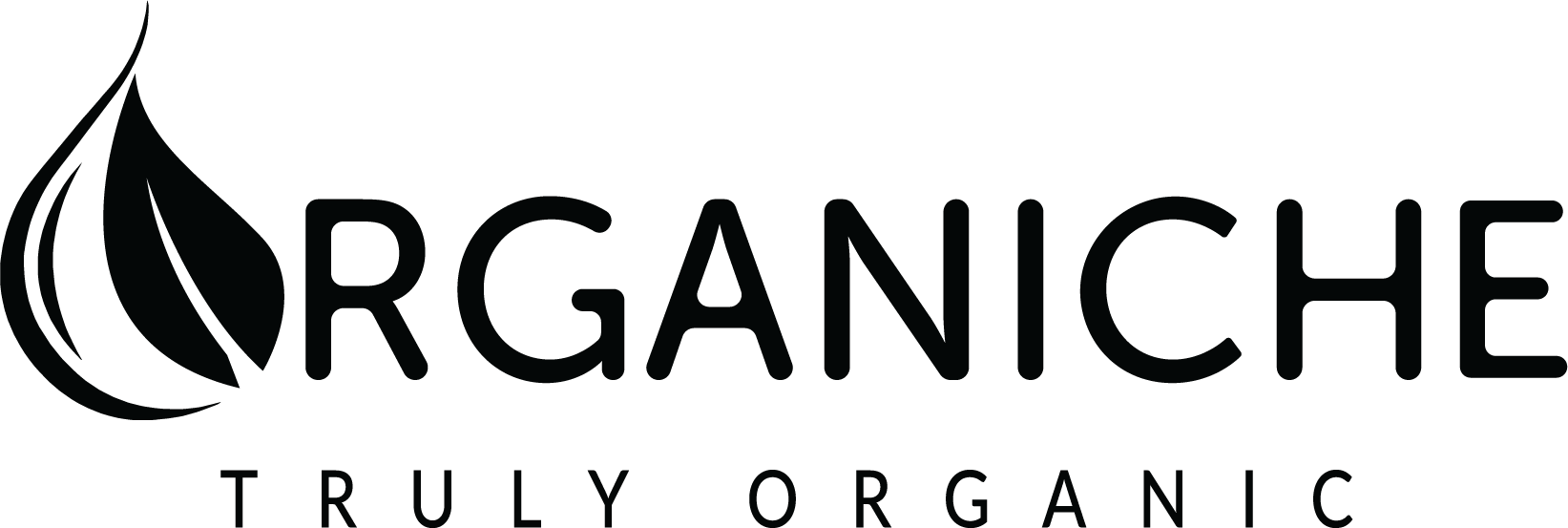Retinol is one of the most powerful and widely studied skincare ingredients for fighting signs of aging, improving skin texture, and promoting a youthful glow. Whether you're new to retinol or looking to refine your skincare routine, this guide will help you understand its benefits, usage, and key dos and don’ts.
What is Retinol?
Retinol is a derivative of Vitamin A, a fat-soluble vitamin essential for cell regeneration and skin health. It belongs to the broader category of retinoids, which vary in strength and application. Retinol works by accelerating cell turnover, boosting collagen production, and unclogging pores, making it a go-to ingredient for anti-aging and acne treatment.
How is Retinol Made?
Retinol used in skincare is typically synthesized in labs through a process that mimics the natural metabolic pathways of Vitamin A. Some natural sources of retinol include:
-
Animal-Based Sources: Retinol is naturally found in foods like liver, eggs, and dairy.
-
Plant-Based Alternatives: For those seeking vegan-friendly options, certain carotenoid-rich vegetables (like carrots and sweet potatoes) are converted into retinoic acid in the body, but they don’t provide direct retinol.
Benefits of Retinol for Skin
-
Reduces Fine Lines and Wrinkles: Stimulates collagen production, improving skin elasticity and reducing signs of aging.
-
Improves Skin Texture: Speeds up cell turnover, revealing smoother and more even-toned skin.
-
Unclogs Pores and Reduces Acne: Helps prevent breakouts by exfoliating the skin and clearing debris from pores.
-
Fades Hyperpigmentation: Helps lighten dark spots, sun damage, and post-inflammatory marks from acne.
-
Boosts Radiance: Encourages new skin cell growth, leading to a healthier and more youthful glow.
How to Use Retinol Effectively
-
Start Slow: Begin with a low concentration (0.1%–0.3%) and use it once or twice a week to allow your skin to adjust.
-
Apply at Night: Retinol can make your skin more sensitive to sunlight, so it’s best used in your nighttime skincare routine.
-
Use a Pea-Sized Amount: A little goes a long way—apply a small amount evenly to your face after cleansing.
-
Moisturize Generously: Follow up with a hydrating moisturizer to prevent dryness and irritation.
-
Wear Sunscreen Daily: Since retinol increases sun sensitivity, a broad-spectrum SPF 30+ sunscreen is essential during the day.
Dos and Don’ts of Using Retinol
|
DOs |
DON'Ts |
| Start with a low concentration and gradually increase as your skin builds tolerance. |
Avoid using retinol during the day as it degrades in sunlight. |
|
Apply retinol on dry skin to minimize irritation. |
Don’t combine retinol with strong exfoliants (like glycolic acid) unless guided by a dermatologist. |
| Use a fragrance-free, hydrating moisturizer to combat dryness. |
Skip retinol if you’re pregnant or breastfeeding. |
| Be patient - visible results often take 6-12 weeks. |
Avoid overusing - too much can cause peeling, irritation, and redness. |
Organic vs. Chemically Manufactured Retinol Serums
|
Organic Retinol |
Chemically Manufactured Retinol |
|
Derived from plant-based sources like bakuchiol, a natural retinol alternative. |
More potent and clinically tested for proven results. |
|
Less irritating than synthetic retinol. |
Available in various strengths and formulations. |
|
Suitable for sensitive skin but may take longer to show results. |
May cause irritation, requiring careful usage and hydration. |
Final Thoughts
Retinol is a game-changer in skincare, offering unmatched benefits for anti-aging and acne treatment. By introducing it gradually, pairing it with hydration, and protecting your skin from the sun, you can maximize its effects without irritation. Whether you opt for an organic alternative or a lab-formulated serum, consistency is key for long-term results.
Are you ready to embrace retinol for radiant, youthful skin? Start slow, stay patient, and let retinol work its magic!








